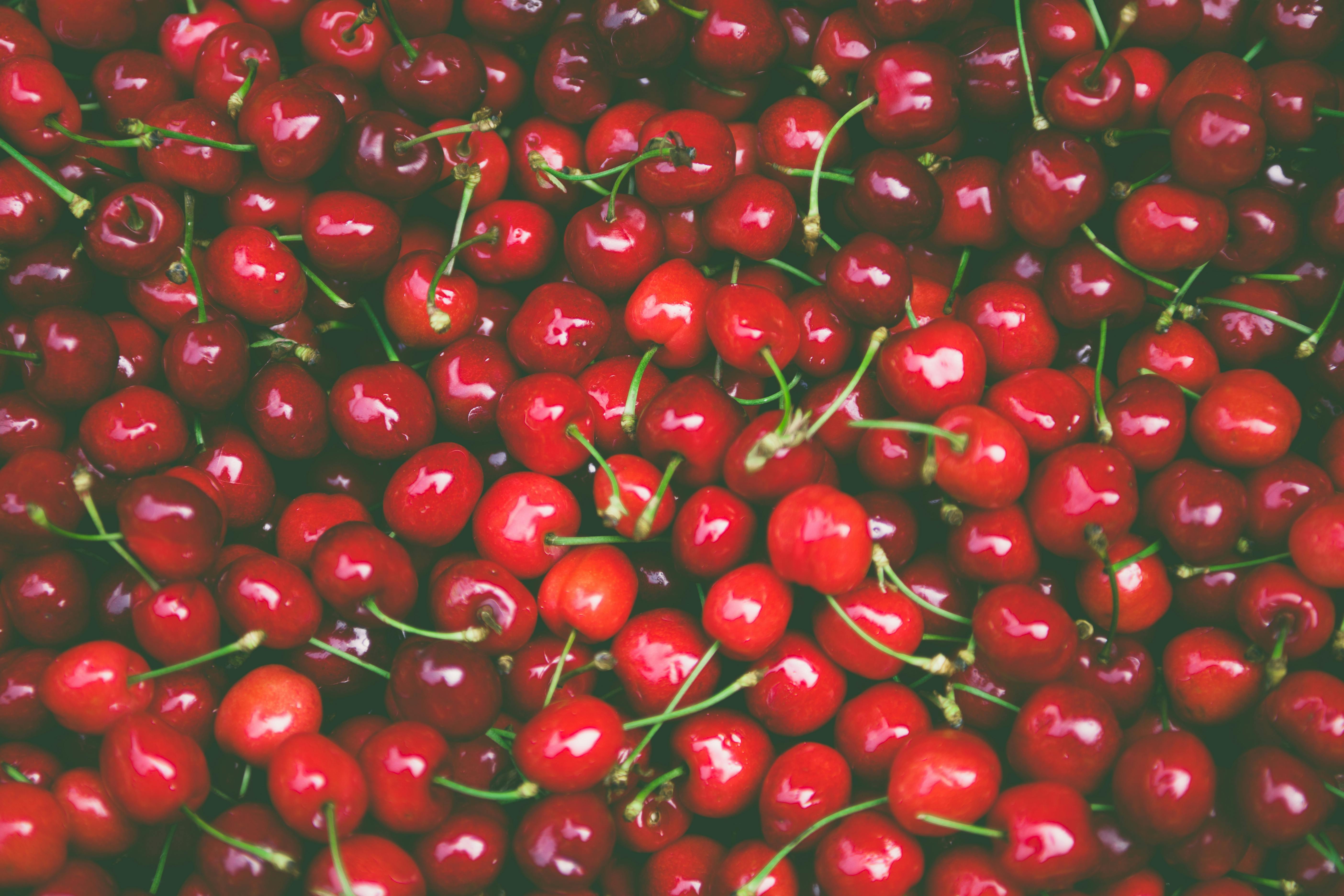
Is it because of people’s genuine interest in how they design their homes, Or is it merely because cooking shows now give viewers the same thrills that we get when watching glamorous celebrities on the tube, Researches have proved that only 12% of the total adult population dislikes cooking at home. This means that over 50% enjoy fussing at the stove - many of them enjoy the activity and others see it as a necessary task. Over 58% watch food programs on TV. They read the food section of newspapers and magazines and visit food websites.
Given this, we can fairly say that media is a great influence not only in how homes prepare their food but also on how homeowners purchase home decor and decorate the kitchen. According to studies, the average household’s kitchen is primarily influenced by friends and family. But food programs come in second. Viewers watch food TV shows because they want to learn new recipes.
But given the fancy kitchen equipment and the convenience that these kitchenware offer, people no longer just watch cooking shows like Master Chef merely for cooking techniques but also to get the latest scoop in lifestyle homewares. Expectedly, because men and women who love to cook also enjoy decorating the kitchen, high-end brands in kitchen homeware use these top-rating cooking shows to advertise their products. Even celebrities like Jamie Oliver, Donna Hay, and Maggie Beer who already have kitchen branded products take advantage of the high ratings of cooking shows. Now, people do not just watch food programs to explore new recipes, they do so as well to seek inspiration on how to decorate their kitchen.
Every time when you push the rolling pin up, stop in the middle. Just couple of reminders. First, do not get frustrated if the pastry sheet does not have a perfect round shape. The dumplings will look beautiful in the end. Second, make sure you have dusted enough flour at button of each sheet, otherwise, they will get stuck together. The common dumpling fillings in Northeast are either pork, beef, lamb, or prawns, which are normally combined with different vegetables.
Of course, there are also many vegetarian choices. Popular vegetables that go well with beef, lamb or prawns are spring onions (you can use leeks as an alternative), celery, or 'Jiu Cai'. The latter are called 'garlic chives' in English (however, there are slight differences between the Jiu Cai and chives in mainland China). The dumpling filling I am going to explain next is a mix of minced beef and celery.
Here are the ingredients:- Beef mince. Spring onion (or leeks). Salt, cooking wine, light soya sauce, sesame oil, five (or thirteen) spices (or flavoured oil). Chop the celery, leeks and ginger into very small pieces. Put the mince and chopped celery, leek and ginger all together into a mix bowl. Add salt, 1 table spoon of cooking wine, 1 table spoon of light soy sauce, 1 tea spoon of spicy powder, 1 table spoon of sesame oil, and 3-5 table spoons of oil or flavored oil. The classic shape of a Chinese dumpling is similar to a small sailing boat.
Place one dumpling pastry sheet flat on your hand. Put a tea spoon of the filling in the middle of the pastry sheet. The amount of filling depends on the size of the pastry sheet. I normally use a serving knife for this, but I also found that a long stirring spoon for tall cappuccino can also come handy.
Fold the two sides together, nip them tightly. Use your index finger to push the edge on the right end in, nip it together with the front edge. Push the remaining part on the right side from the back towards the front, then nip it together with the front edge.
Now, the back would show a nice fold. Swap the dumpling to your other hand, then do the same with the left hand side. However, the most important part is not whether the folding is beautiful; what really matters is whether the edges have been tightly nipped up, so that the dumpling won't break during boiling (or frying). If you want to go the easy way, just fold up the two sides tightly whichever way you like. Put the prepared dumplings on a plate or on any clean surface (traditionally, we use a bamboo board).
Tags:
How Make Food
